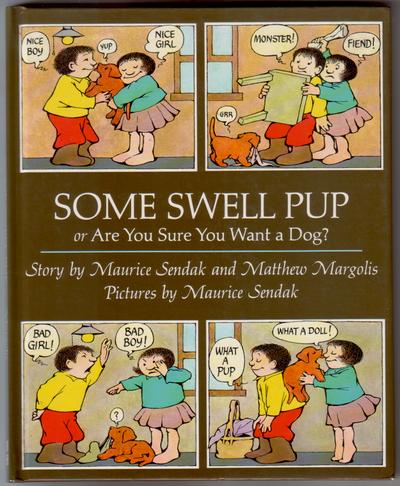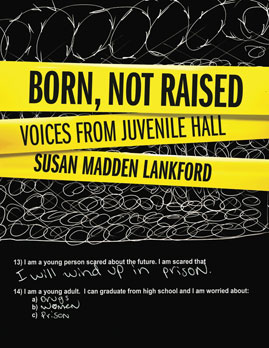Transitions is a moving collection of very personal stories, and I hesitate to reduce the nuances of each to general themes. One of the strengths of the anthology is, in fact, the diversity of stories. Mothers from across the United States (and a few from Britain) describe the fears and joys of parenting a trans child, whether that child is transitioning on the eve of retirement or just entering kindergarten. Families are Euro-American, African-American, Latin-American and Asian-American. Families are queer, single parent- or blended-family homes, as well as your husband-wife-kids prototype. There are urban professionals and rural hippies, Bible-thumping Baptists and Jewish-Italians. Generational themes emerge that are in line with what the authors of The Lives of Transgender People observe: that the experience of trans folks who came of age in the 70s or 80s, and even the 90s, is markedly different and often more agonizingly isolated than for youth of later generations. Parents or earlier generations also look back wishing they had had more support through their child's transition, more resources to help them navigate. Understanding therapists and parental support networks (both on and offline) emerge as much-needed lifelines throughout these contributions.
I was struck by the number of mothers who articulated a sense of grief and loss for the child they thought they knew (the daughter they "lost" in order to gain a son, or the son who "died" in order to give birth to a daughter). Grief is often a component of change, and all of us (trans or not) "lose" our earlier selves in some measure as we grow older. My own mother has articulated the sense of loss for certain stages of our development as we aged -- though that loss was always accompanied by the joy of new discovery and expressions of selfhood. Tracie Stratton articulates well the bewilderment of grief that accompanies many mothers' reactions to a child's assertion of transness: "I did have moments of really missing my daughter Isabelle, who in reality was never there ... How could I miss a little girl who was never a little girl?" (115).
I keep writing "parents" as I type this review, and then having to go back and replace the word with the more precise "mothers" -- because fathers are a strikingly absent voice in this anthology. While the anthology is framed as one for mothers' stories, I couldn't help but wonder about that choice. It seems to reinforce the assumption that mothers are the primary managers of their children's well-being and the ones with the primary emotional investment in their growth. The fathers who emerge in these narratives are most often anxious and angry (though a few very supportive spouses can be glimpsed between the lines). It is often the fathers who resist cross-dressing or cross-gender play, particularly in their sons, and a few mothers even wrote about fear of losing custody of their child due to an ex who was unsympathetic to gender variance and accused the mother of child maltreatment.
One final theme I noticed in Transitions was the persistence with which mothers located knowledge of transness in gender atypical behavior and play. For example, the desire of a child assigned male at birth to dress in pink sparkly clothes, or a child assigned female at birth who was inconsolable at her first period. Some mothers tried hard to separate gendered behavior from innate sense of self, reassuring sons that they could like the color pink or play with dolls without having to be a girl, and reassuring daughters that they didn't have to wear dresses or play princess -- that girls could like sports and Spider Man too. But children, particularly preschool-aged kids, were insistent that this behavior actually signified a deeper sense of themselves as a different sex. The feminist in me feels for mothers who want their children not to feel bound to certain behaviors due to their gender identity, and I imagine when transness is layered on top of the highly gendered world in which we raise our children the result is a maze of choices exhausting (and often threatening) to navigate.
Finally, what Transitions makes clear is how crucial it is for all of us to work toward a world in which trans folks of all ages are welcomed as part of the human community, free of gender policing and the threat of emotional and physical violence. As Anna Randolph writes, in the closing selection in this book:
Even if it is true, it is not helpful to me when you say to me 'your child is transgender' without knowing anything about us. It has been implied that I am harming, even abusing, my child by not letting her transition at age nine or ten. You do not know or bother to ask about our circumstances, or attempt to understand why I make the choices I do. You do not see the many ways I convey my love and acceptance to my child while keeping her safe. You are not responsible for every aspect of this child's well-being, I am ...So there's the laundry-list of work to do, folks! Let's get cracking, so that fewer and fewer parents have to fight so hard and long to advocate for their child's ability to be themselves in the world. Transitions was a worthwhile read, and I really hope they follow it up with a volume in which fathers of trans kids share their own stories of "love, struggle and acceptance."
... Before I could let my child transition, I needed to know she was in a relatively safe school and neighborhood. I had to assemble a strong team of providers, including a supportive pediatrician, psychiatrist, therapist, and endocrinologist. It was essential that we had a supportive community around us, including a welcoming church, family, and friends. More than anything, I needed my child to be sure she was ready. I believe she has always felt this way, but was unable to claim her identity until she felt support from her other parent, and felt safe enough and strong enough to handle the hard stuff (194).









